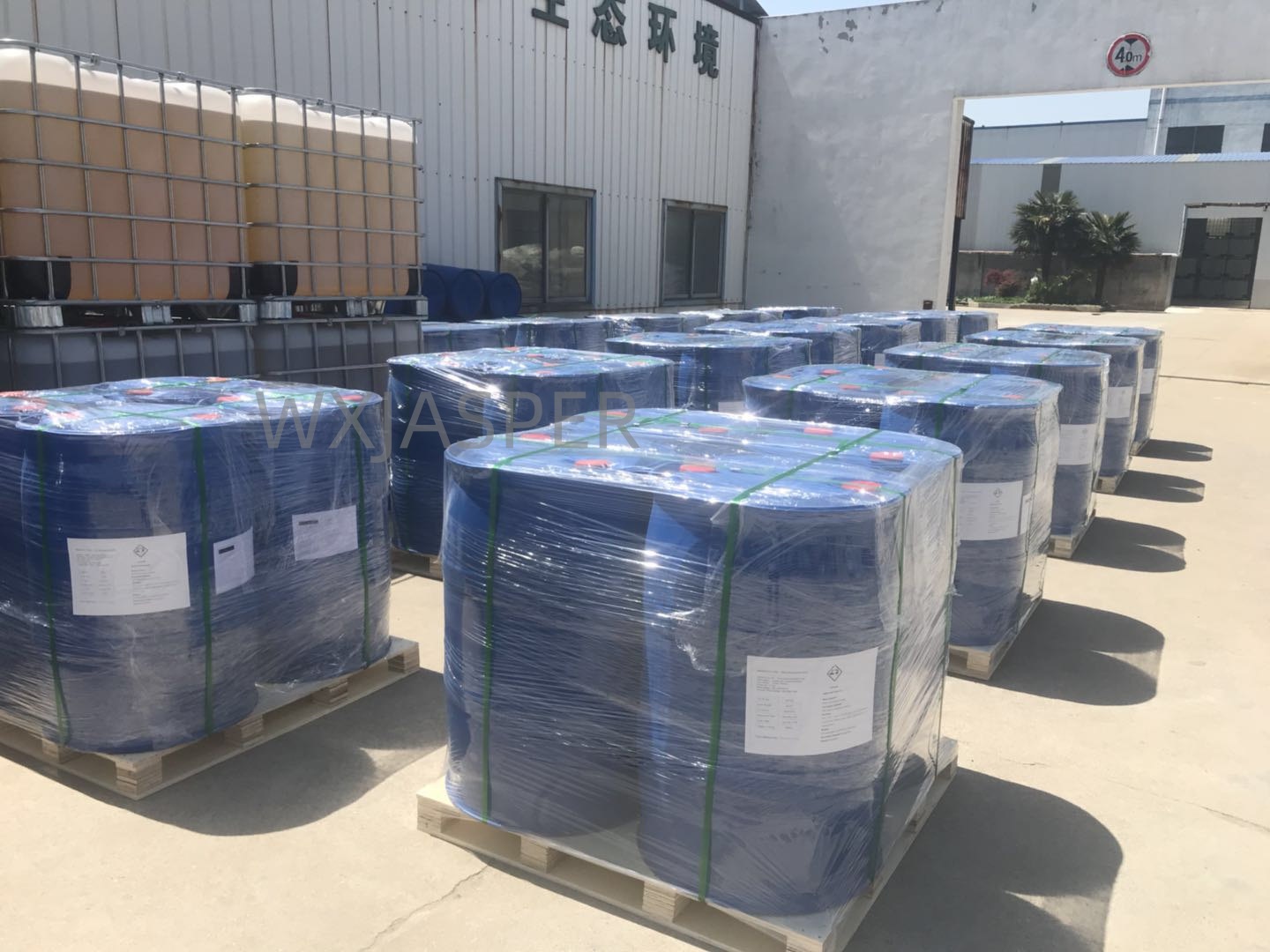Product Details
CasNo: 149-57-5
MF: C8H16O2
Appearance: liquid
Delivery Time: 15 days
Packing: 200kg/drum
Purity: 99%
1. Basic Information
- CAS Number: 149-57-5
- EINECS Number: 205-743-6
- Molecular Formula: C₈H₁₆O₂
- Molecular Weight: 144.211
- English Name: 2-Ethylhexanoic acid
- Aliases: Heptane-3-carboxylic acid, sub-lauric acid, butylethylacetic acid, etc.
2. Physicochemical Properties
- Appearance: Colorless liquid with a slight odor
- Melting Point: -8.3℃
- Boiling Point: 228℃
- Relative Density: 0.9031
- Solubility: Slightly soluble in cold water and ethanol; soluble in hot water and ether
3. Application Fields
3.1 Coatings and Paints Industry
Most isononanoic acid is converted into salts of metals such as zirconium, cobalt, molybdenum, and zinc. These metal salts are used as paint driers, which can accelerate the drying speed of paints.
3.2 Plastics Industry
Its salts can be used as heat stabilizers for polyvinyl chloride (PVC) plastics. For example, tin salts are used as additives in plastic pipes, while barium salts and cadmium salts are applied in PVC calendered products and as stabilizers.
3.3 Pharmaceutical Field
It is a raw material for the pharmaceutical drug carbenicillin. Isononanoic acid and its esters can also be used in bactericides, etc.
3.4 Other Fields
Its esters can be used as plasticizers. Isononanoic acid is also applied in metal lubricants and cosmetics; its glyceride is an excellent plasticizer.
4. Safety Information
- Toxicity Classification: Toxic
- Hazardous Characteristics: Flammable when exposed to open flames or high heat; can react with oxidants. Its vapor is heavier than air and can spread to a considerable distance at low places, and may ignite and flash back when encountering a fire source.
- Health Hazards: Irritating to the skin and mucous membranes; can cause chemical burns to the human body. When heated, it decomposes to release irritating acid fumes.
- Storage and Transportation Characteristics: Store in a well-ventilated warehouse at low temperature and dry conditions; keep separate from oxidants.
- Fire Extinguishing Agents: Mist water, foam, dry powder, carbon dioxide, sand.


